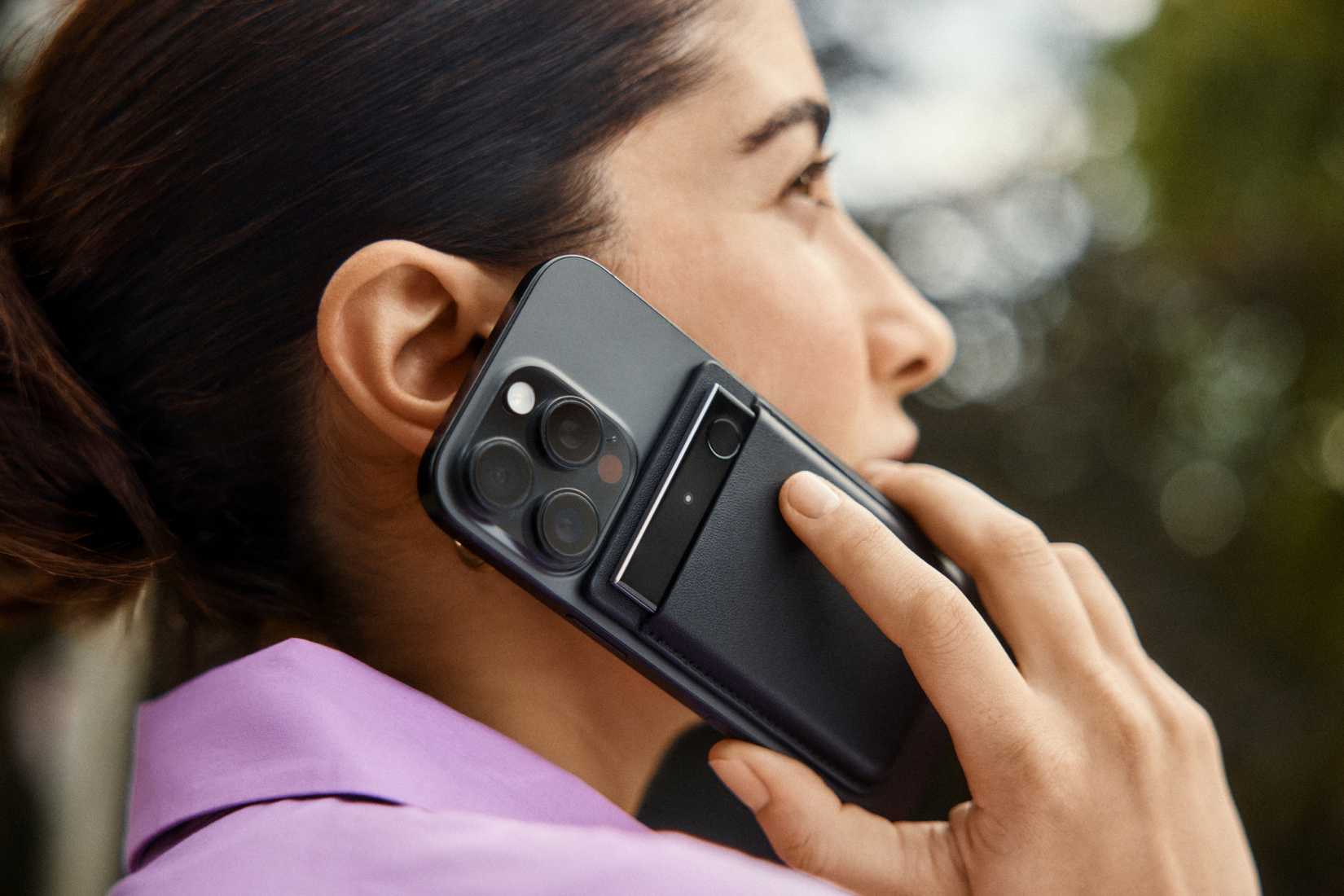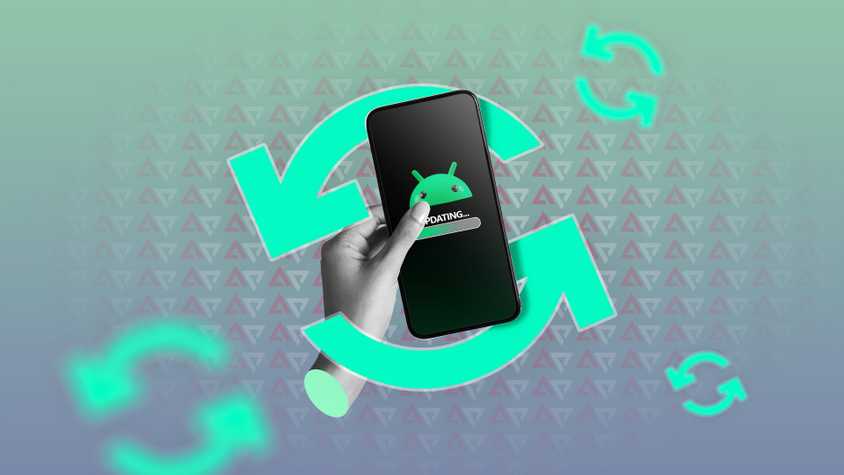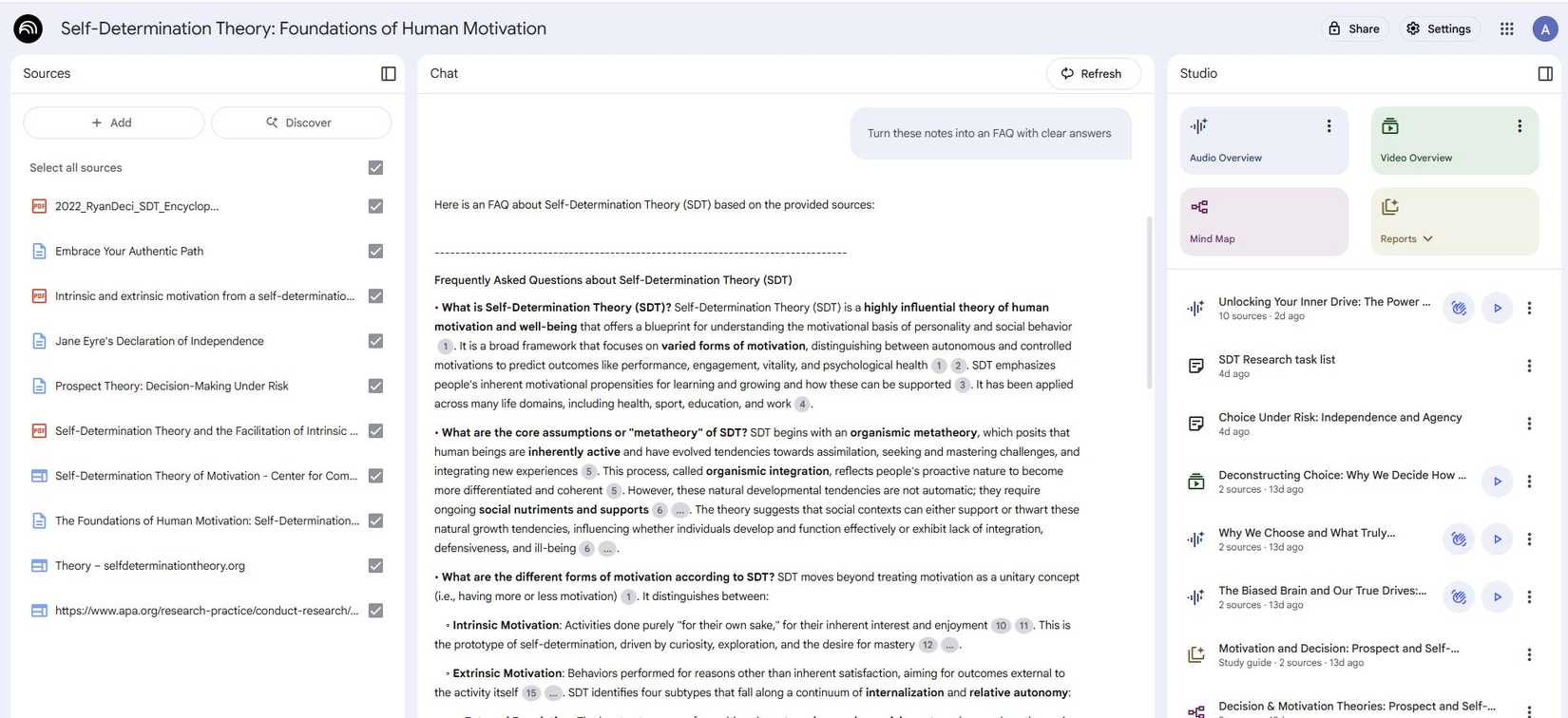The Pixel 10 is coming this year, and it may arrive sooner than you expect. Leaks and rumours are coming thick and fast, it’s a clear indicator that the phone’s release is right around the corner. But whether the Pixel 10 arrives in late June or October, I’m not sure it’s something we should be excited for.
For many years, I’ve argued that Pixel phones offer the best Android experience for someone who wants a phone that just works. Google’s version of Android was free of the bloatware and overindulgent customization features that plague Samsung’s and Motorola’s phones, and you were guaranteed to get new Android features before anyone else. However, my enthusiasm was dampened somewhat by the AI-bloat of the Pixel 9. But it’s become clear that this isn’t just a passing phase for Google. Everything I see about the Pixel 10 makes me convinced that the Pixel 8 is still the best Pixel phone to buy. While Google is making the right decisions for themselves, they’re not right for the customer.
Let’s talk about the Tensor chipset
Where does Google’s unique chip stand in 2025?
The Tensor chipset has been around since 2021’s Pixel 6, and it has helped Google market its Pixel phones as the best devices you can buy to run advanced machine learning tasks like speech recognition and real-time translation. Overall, it’s been a success. Google managed to finally solve the heating issue with the Pixel 9’s Tensor G4, and it’s managed to be enough for day-to-day tasks and light gaming. However, the constant issue throughout every generation of the Tensor chipset has been performance.
I won’t argue that Google should ditch the Tensor chipset and join the Snapdragon party. Each Android OEM must offer a unique experience to encourage innovation and competition. Samsung’s flagship Galaxy phones have been the device of choice for top-tier performance for years, and Google doesn’t need to compete in this arena to successfully market its devices. Nevertheless, for a phone that’s rumored to cost $1,200, I expect top-tier performance and nothing less.
If you currently want the Pixel phone with the best performance, you shouldn’t buy the Pixel 9 Pro. The Pixel 9a has an identical processor, and while it’s got less RAM, 8GB is more than enough as long as you don’t play with AI. I’m shocked to see reports that the Tensor G5 will not offer any substantial performance improvements. Instead, we get more features we don’t need.
The spec sheet report for the Tensor G5 reveals that Google is making substantial changes to the Tensor design. There’s a lot of jargon here, but the overall impression is that we shouldn’t expect noticeable performance improvements. Instead, the redesigned chip focuses on improving AI features, camera performance, and efficiency. What?
There is good news here. Perhaps the improvements to efficiency and camera performance will reduce the overheating issue during photography in direct sunlight. Perhaps the improved AI capabilities will make Gemini more reliable. But if you want the best performance from a Pixel phone, you might as well settle for the Tensor G4-powered Pixel 9. But wait, that phone offered near-identical performance to the Pixel 8! Why are we looking forward to new Pixel phones again?
What meaningful upgrades will the Pixel 10 offer us?
Google has to offer us something
Let’s take off the sceptic hat for a moment and turn that frown upside down. While I didn’t personally find value in the Pixel 9, it offered a fresh design, reliable performance, and the best Pixel camera yet. Maybe I’m just being too harsh on the Pixel 10. Here’s a brief roundup of all the leaks and rumours we’ve gathered about the Pixel 10 so far.
- Better AI smarts.
- Improved camera performance.
- More efficient processor.
- Enhanced stabilization for video recording.
- Reduced display flickering.
- An extra bottom speaker
- Telephoto lens
My prediction for the Pixel 10 from these rumors and leaks is that this will be the most reliable Pixel phone yet. I’ve frequently run into performance hiccups with every Pixel I’ve used; I would notice it if a Pixel phone offered consistent performance across the board.
Features like enhanced stabilization for video recording and improved camera performance are improvements, but everything on this list ought to be supplementary to the big changes, of which there appear to be none.
It’s unclear that the Pixel 10 will offer a different experience from the Pixel 9
This looks to be another Pixel phone to skip
Right, sceptic hat back on. If the leaked Pixel 10 Pro images turn out to be real, then I think most people will struggle to identify which phone is which. I hate to say it, but Google looks to be following in Samsung’s footsteps.
Our first line of our Samsung Galaxy S25 review reads: “The Samsung Galaxy S25 is one of the least exciting phones I’ve used in some time.” In short, the phone offered no meaningful upgrades over the Galaxy S24. The Pixel 10 looks to offer even less of an upgrade. If AI smarts don’t compel you, then there’s little point in it.
Here’s what Google needs to do to make the Pixel 10 an attractive choice
Where are the features we’ve asked for?
Google is going all in on AI, so it would be naive of me to expect Google to cut back on AI development to focus on other features for the Pixel 10. But a third year of imperceptible performance improvements suggests two things. Either the current demands of Android software haven’t risen enough to require more powerful hardware, or Google thinks we don’t need top-tier performance.
I think both of these arguments are true. But if Google wants to convince me that a $1,200 phone is worth buying, I would expect it to go all out to impress me. Tensor performance is spot on for the Pixel A-series, which are the only Pixel phones I would suggest buying in 2025. But for a $1,000 flagship? Absolutely not. If Google promises software support for seven years, I need to be assured that the chipset will still perform well at the end of that period. Should the Pixel 10 match the performance of the Galaxy S25? Only if Google wants to convince us the phone is worth buying
Moving on from performance, where are the features we’ve been asking for for years? 27W wired charging is hard to justify in 2025. Admittedly, we haven’t seen any leaks about the Pixel 10’s charging speeds, but I’m not hopeful. Connectivity is also substandard on Pixel phones, and reports of shoddy build quality have only increased with the launch of the Pixel 9.
The camera system also needs tuning. Performance improvements aren’t what the Pixel 10 needs. Google’s indulgence of AI has resulted in photos that lack the natural contrast that makes a photo stand out from the usual Instagram-quality photo. Detail isn’t everything, and Google needs to learn that lesson. The addition of a telephoto lens on the Pixel 10 might make our photos worse.
Where do we go for an interesting phone in 2025?
Apple often takes the lead on bold new decisions that Android manufacturers later copy, but it’s depressing to see Google and Samsung finally copy Apple’s trend of making incremental improvements year after year. But this complacency could end badly, as other manufacturers are making the decisions that Google and Samsung are too afraid to.
Nothing offers phenomenal value phones with a unique design, OnePlus continues to impress with no-nonsense performance, and Oppo knocked our socks off with the world’s thinnest foldable this year. The only catch is that these companies have yet to make a concerted marketing push in the US. But if things change, Google and Samsung will have to scramble to catch up. In the meantime, let’s not get too excited about a Pixel phone that looks to offer nothing meaningful.






